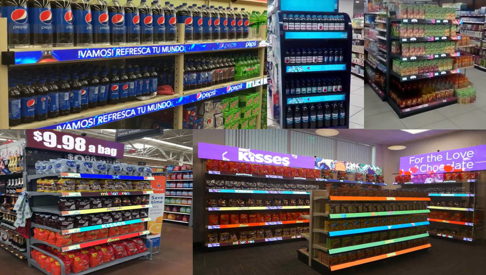The Rationale Behind Climate-Responsive Zoning Regulations
As climate change continues to alter weather patterns, intensify natural disasters, and affect long-term sustainability, municipal governments are adopting new tools to mitigate environmental risks. One of the most impactful of these is climate-responsive zoning—an approach that adapts land-use regulations to account for environmental constraints, energy efficiency, and resilience against climate-related threats.
In urban regions experiencing rapid development, local authorities are reevaluating zoning laws to better align with climate adaptation goals. Developments like Joya Condos increasingly reflect these shifting priorities, incorporating green building standards and design strategies that meet both municipal requirements and consumer demand for sustainable living. Zoning frameworks now play a critical role in how and where new housing is built.
What Is Climate-Responsive Zoning?
Climate-responsive zoning refers to municipal regulations that guide land use and development in ways that reduce climate risks and environmental degradation. These policies influence building orientation, density, stormwater management, green space allocation, and more. Some municipalities use zoning overlays or performance-based codes to encourage or require climate-adaptive features in both residential and commercial projects.
Examples include height restrictions in flood-prone zones, mandatory setbacks from natural features, and density bonuses for developments that meet environmental benchmarks such as LEED certification or net-zero energy usage.
Risk Mitigation and Infrastructure Planning
One major reason cities are turning to climate-responsive zoning is to protect critical infrastructure and property from damage. Flooding, heatwaves, and wildfires pose growing risks to urban environments, and zoning regulations can steer development away from high-risk areas.
By restricting development in vulnerable zones or requiring enhanced construction standards, municipalities can reduce the long-term costs of disaster recovery and improve community resilience. These proactive measures are increasingly seen as essential components of responsible urban planning.
Encouraging Energy Efficiency and Emissions Reduction
Zoning can also promote sustainable design by incentivizing passive solar orientation, high-efficiency HVAC systems, and on-site renewable energy generation. Municipalities may grant density bonuses, parking reductions, or expedited permitting to developers who meet green performance criteria.
This not only lowers the carbon footprint of new developments but also positions cities to meet provincial and national climate targets. For developers, these incentives often translate into reduced costs or faster project approvals, making sustainable construction more attractive and feasible.
Impact on Urban Density and Mixed-Use Design
Climate-responsive zoning often encourages mixed-use developments, transit-oriented housing, and walkable neighborhoods. These design strategies reduce dependence on automobiles, promote active lifestyles, and support local economies.
Incorporating green infrastructure such as bioswales, tree canopies, and permeable pavement can also be mandated through zoning changes. These elements contribute to healthier ecosystems and improve stormwater management, addressing urban flooding while enhancing livability.
Challenges and Implementation Gaps
Despite its promise, climate-responsive zoning is not without hurdles. Outdated planning codes, political resistance, and lack of technical expertise can stall implementation. Additionally, the real estate industry may resist changes that increase development costs or reduce buildable area.
To succeed, municipalities need strong policy frameworks, stakeholder engagement, and access to environmental data. Public-private collaboration is key, particularly in aligning long-term development goals with market realities.
Conclusion
Climate-responsive zoning is emerging as a vital tool for building sustainable, resilient cities. By guiding where and how development occurs, zoning policies can help mitigate climate risks, reduce emissions, and enhance overall quality of life. As urbanization continues, integrating climate considerations into local planning decisions will be essential for shaping a safer and more adaptive built environment.







